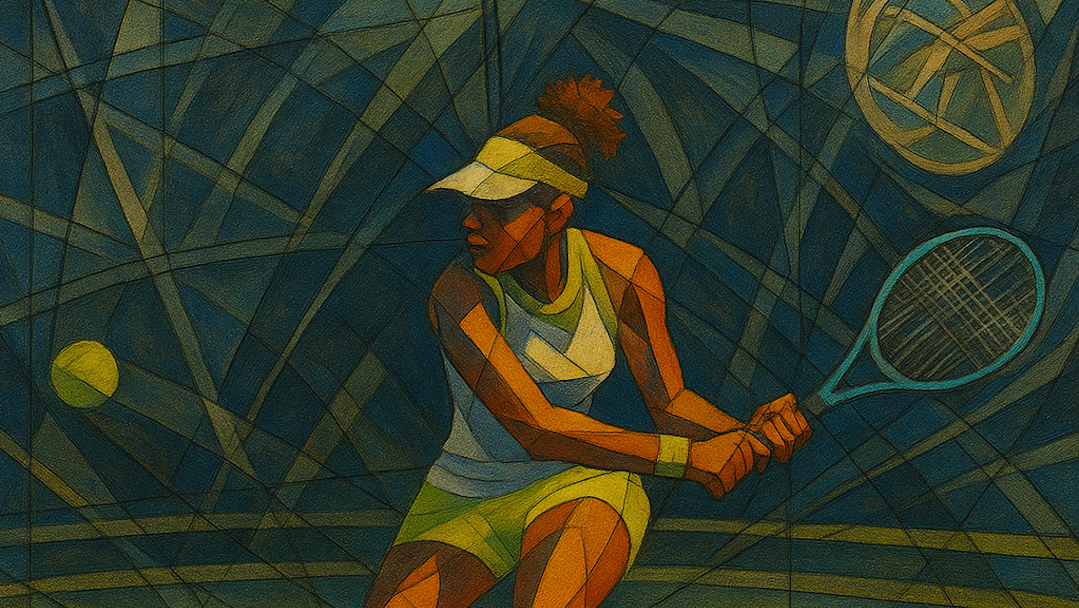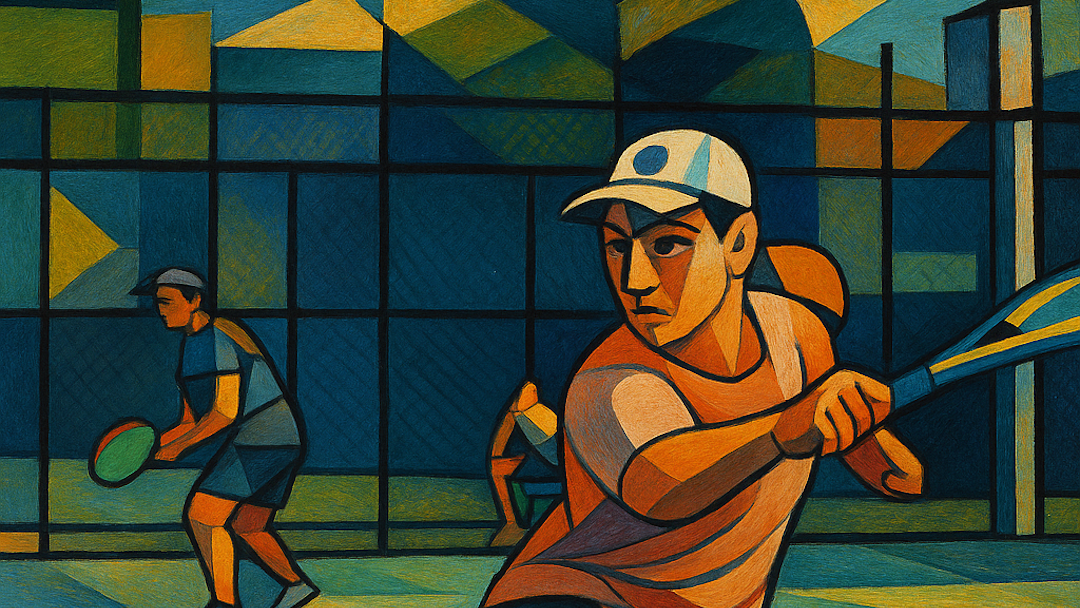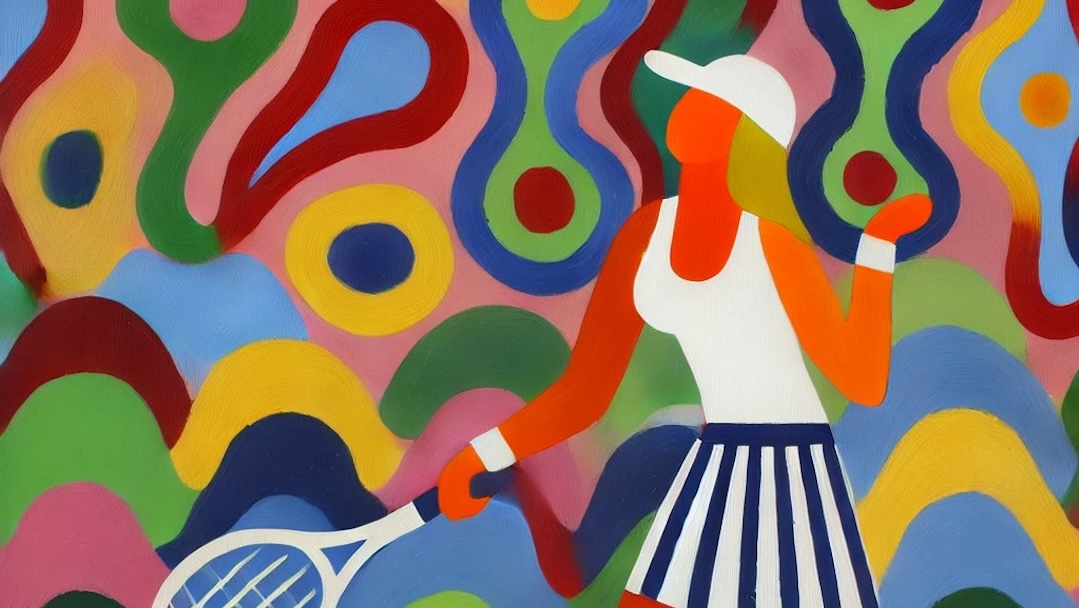Throughout 2025, we are spending the first full weekend of each month with posts inspired by Gretchen Rubin in her New York Times bestseller book, The Happiness Project. Rubin’s yearlong exploration involved dedicating each month to a specific theme or aspect of happiness. Specifically, she incorporated practical strategies and actionable insights to cultivate a more fulfilling and joyful life. Many of the techniques described in the book can also be applied to tennis. Our dual theme for March is “Aim Higher” and “Work.”
Ruben starts this chapter with a profound observation:
Happiness is a critical factor for work, and work is a critical factor for happiness. In one of those life-isn’t-fair results, it turns out that the happy outperform the less happy.
Gretchen Rubin in The Happiness Project
I have found that to be true throughout my career. When I am happy tasks feel easier, creativity flows, and challenges seem fun. On the other hand, when my mood is low, it’s difficult to accomplish much of anything. Additionally, time and time again, I’ve noticed that happy teams consistently outperform unhappy ones. A positive work environment fosters collaboration, innovation, and resilience, while negativity stifles progress. The connection between happiness and performance is undeniable.
The same principle applies when we step onto the court. When we are happy while engaging with tennis, performance is elevated. A cheerful mindset helps us achieve a positive state of flow where we play at or near our potential. On the other hand, competing while angry or frustrated makes it harder to live up to our potential. Grumpy feelings can diminish both performance and enjoyment when engaging with the sport we love.
Happiness can be manufactured by taking intentional steps to create a positive emotional state. One of the simplest ways to do this is through movement. I have found that it is nearly impossible to be cranky while skipping. The rhythmic, lighthearted childhood gross motor skill overrides negativity and injects a sense of exuberance. It is a prime example of using a physical trigger to achieve a more positive mindset.
Interestingly, I have noticed that some professional players also incorporate that playground bounding motion into their on-court routines. What may appear to be a simple footwork activation drill could also be accurately characterized as skipping. Just as forcing oneself to smile can trick the brain into feeling happier, physical movements can help elevate our mood and mindset. Small actions can activate happiness and help us leverage joy to play better.
As we embrace the themes of “Aim Higher “and “Work” this month, it’s worth remembering that happiness isn’t strictly a passive emotion. We can actively cultivate it to improve performance on a tennis court or in the workplace. If we can figure out how to spark joy, we have the power to influence our own emotional state and, in turn, elevate our performance.
The happiest tennis players don’t just passively wait for good feelings to arrive—they create them. Joy sets us up for success. Happiness fuels performance, and performance fuels happiness. By actively prioritizing both, we can push ourselves to new heights while increasing enjoyment of the journey.
Fiend At Court participates in the Amazon associates program and receives a paid commission on any purchases made via the links in this article. Details on the disposition of proceeds are available on the “About Fiend at Court” page.
Throughout 2025, I am dedicating the first full weekend of every month to exploring how ideas from Gretchen Rubin’s The Happiness Project (<- Sponsored Link) can spark greater enjoyment and happiness in tennis. This is a non-tennis book that I have come to believe everyone should read. Seriously, you should get your hands on a copy of this book and consider trying some of the techniques described by the author.




